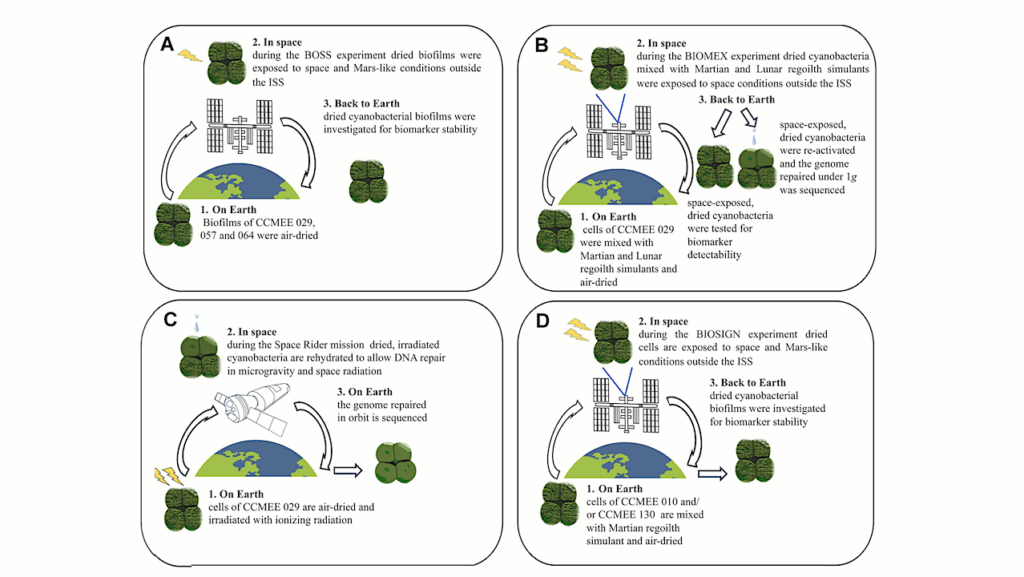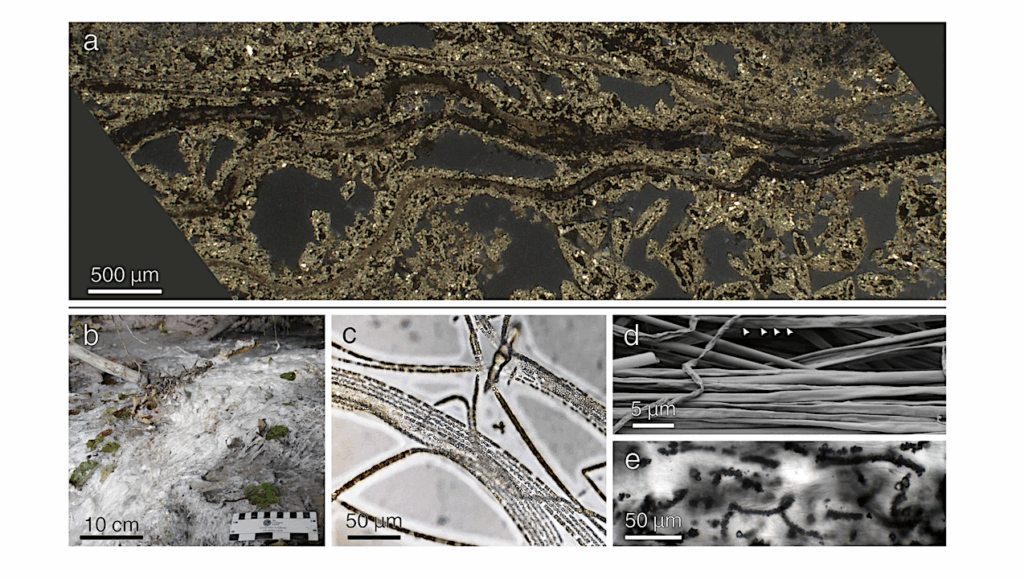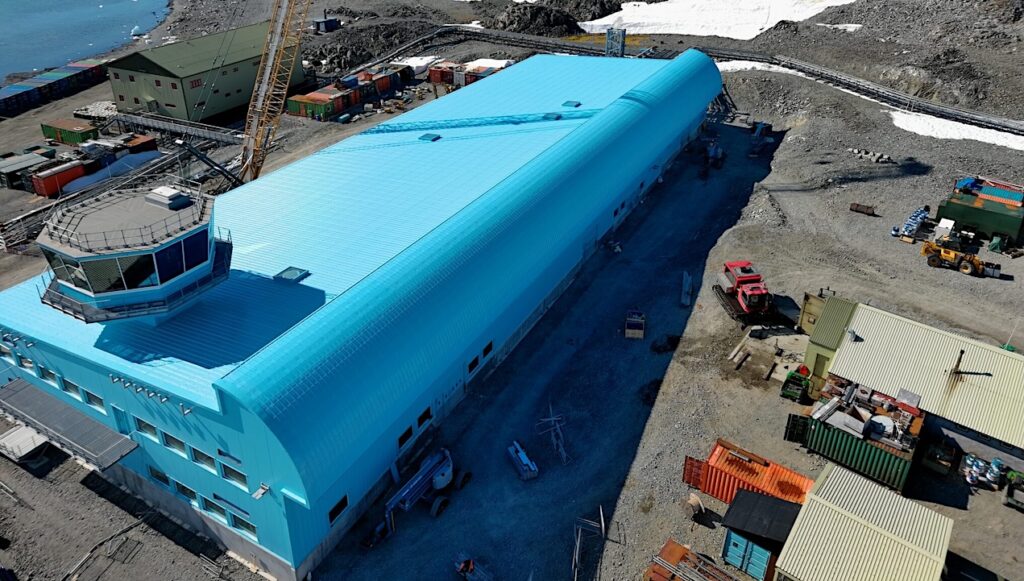Spaceward Bound: Desert Desideratum Mathematica
Today I was able to spend time with Jane Curnutt and Ernesto Gomez and Keith Schubert from the Computer Science and Engineering program at San Bernardino working on the Cellular Automata. We started talking about the radius and the neighborhoods that surrounding each cell, which is represented by a square. Each square has a radius of either 1, 2 or 3, each having a different neighborhood size. A radius one has a length of a side of a neighborhood square of 3 squares surrounding it, counting itself and diagonals. A radius of 2 has a length of a side of a square of 5, and a radius of 3 has a length of a side of the neighborhood of 7. The cell looks around in the neighborhood and if they find a square within their radius neighborhood, then they follow the rules set. For example we set the rules for the neighborhood of 0 to be unchanging. The rule for the neighborhood of 1 for life and the neighborhood of 2 for death. There are more neighborhoods to be set, but for the sake of the example we just set those different. We put one center square in the sea of brown, and clicked the button for an iteration, and watched the square grow. The space around the square grew, all the surrounding squares filled in with green, including the diagonals, creating a 3×3 square. We continued pushing the iteration button to see what would happen and the patterns that were created were symmetrical. Jane pointed out that the square started out with a 1, would create the same pattern as a 3×3 starting square as long as the rules for the neighborhoods were the same.
In order to understand the working of the program, we talked about how to bring the program into a classroom. We created an activity involving chairs and people acting like the cells. We talked about how to teach a student to think about the radius and the neighborhoods. The activity would have a set of chairs set up like a square and have a person sit in the middle or somewhere in the square of chairs, acting like a cell. They would sit down and reach around to figure out how big the length of the neighborhood side is based on the rule of radius. We set it like a radius 1 and had one person sit in the square and look to see if they can reach out to the chairs that is 1 away. Since all of the chairs can be reached, they count themselves and say that has 1 which means that cell grew. We put in people where the squares that were empty. And continued the activity according to the rules we set up.
I really enjoyed working with these people. I learned a lot about working in a classroom and trying to make the program that was designed to mimic patterns of bacteria or any form of growth pattern, can be taught to first graders in relation to patterns and counting. The activity we created for the classroom helped me understand how the program works. I was able to continue playing with the program itself and figure out some more patterns just by playing around with the neighborhood rules.
Cassandra Guido, California Polytechnic University San Luis Obispo








